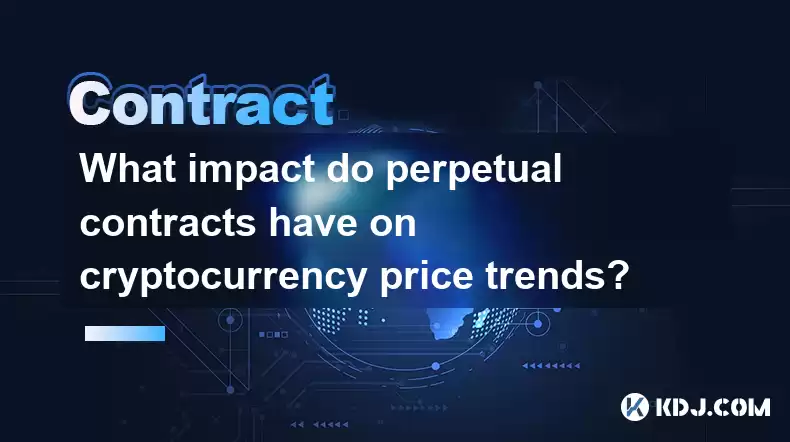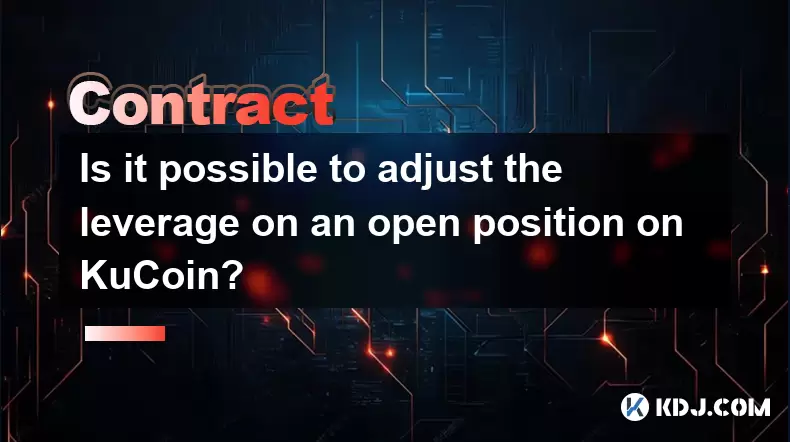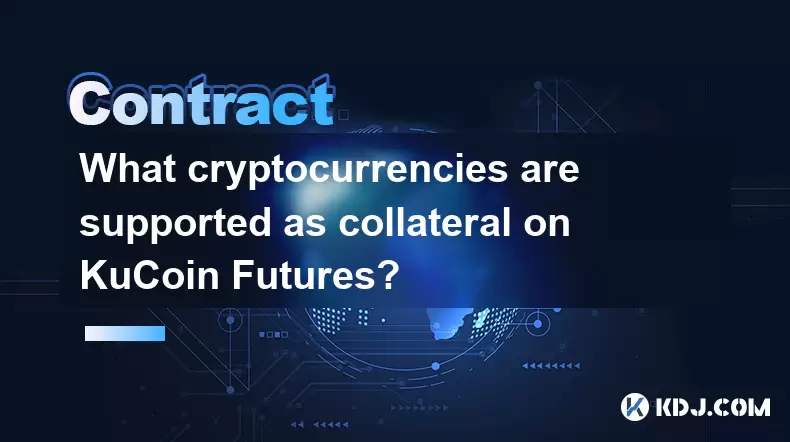-
 Bitcoin
Bitcoin $119000
-2.21% -
 Ethereum
Ethereum $4315
1.01% -
 XRP
XRP $3.151
-3.11% -
 Tether USDt
Tether USDt $0.0000
0.00% -
 BNB
BNB $808.5
-0.71% -
 Solana
Solana $175.8
-4.21% -
 USDC
USDC $0.9999
0.00% -
 Dogecoin
Dogecoin $0.2250
-3.92% -
 TRON
TRON $0.3469
1.77% -
 Cardano
Cardano $0.7818
-3.81% -
 Chainlink
Chainlink $21.47
-2.10% -
 Hyperliquid
Hyperliquid $43.30
-6.81% -
 Stellar
Stellar $0.4370
-2.84% -
 Sui
Sui $3.682
-4.40% -
 Bitcoin Cash
Bitcoin Cash $590.8
2.67% -
 Hedera
Hedera $0.2484
-5.20% -
 Ethena USDe
Ethena USDe $1.001
0.00% -
 Avalanche
Avalanche $23.10
-4.29% -
 Litecoin
Litecoin $119.2
-3.96% -
 Toncoin
Toncoin $3.409
0.90% -
 UNUS SED LEO
UNUS SED LEO $9.016
-1.29% -
 Shiba Inu
Shiba Inu $0.00001304
-3.82% -
 Uniswap
Uniswap $11.18
1.33% -
 Polkadot
Polkadot $3.913
-3.51% -
 Cronos
Cronos $0.1672
-3.08% -
 Dai
Dai $1.000
0.02% -
 Ethena
Ethena $0.7899
-4.70% -
 Bitget Token
Bitget Token $4.400
-1.23% -
 Pepe
Pepe $0.00001132
-5.93% -
 Monero
Monero $257.9
-6.44%
What impact do perpetual contracts have on cryptocurrency price trends?
Perpetual contracts introduce increased speculative activity and liquidity, leading to higher trading volumes and potential price volatility in the cryptocurrency market.
Dec 13, 2024 at 03:16 am

How Perpetual Contracts Impact Cryptocurrency Price Trends
Perpetual contracts, also known as perpetual futures, are a financial instrument that allow traders to speculate on the price of an underlying asset without having to take ownership of it. In the context of cryptocurrencies, perpetual contracts track the price of a particular cryptocurrency, such as Bitcoin or Ethereum, providing traders with leverage and allowing them to take both long and short positions.
The impact of perpetual contracts on cryptocurrency price trends can be significant, as they introduce various dynamics that can influence market behavior. Here's an in-depth analysis of the key ways in which perpetual contracts affect cryptocurrency price trends:
1. Increased Speculative Activity and Liquidity
Perpetual contracts attract a large number of speculative traders who seek to profit from price fluctuations in the underlying cryptocurrency. This increased speculative activity often leads to higher trading volumes and improved liquidity in the market. The presence of these traders can contribute to price volatility, as they buy and sell in response to market sentiment and technical indicators.
2. Leverage and Margin Trading
Perpetual contracts offer traders the ability to use leverage, which allows them to amplify their potential profits and losses. Leverage allows traders to control a larger position in the market with a smaller initial investment. While leverage can amplify gains, it also magnifies losses, making it a double-edged sword. Margin trading, which involves borrowing funds to increase trading size, is also common with perpetual contracts.
3. Continuous Contract Settlement
Unlike traditional futures contracts, which expire on a specific date, perpetual contracts do not have an expiry. They are continuously traded, with settlement occurring on a daily basis based on the current index price of the underlying cryptocurrency. This continuous settlement mechanism allows traders to hold positions indefinitely, providing flexibility and avoiding the need to roll over contracts manually.
4. Funding Rates and Interest Payments
Perpetual contracts employ a funding rate mechanism to ensure that the contract price remains closely aligned with the spot price of the underlying cryptocurrency. The funding rate is paid by traders with a net long position to traders with a net short position or vice versa, depending on the market conditions. This funding rate adjustment can influence the price trend by incentivizing or disincentivizing certain positions.
5. Basis and Contango or Backwardation
The basis, which is the difference between the perpetual contract price and the spot price, can provide insights into market sentiment and supply and demand dynamics. When the perpetual contract price trades at a premium to the spot price, a condition known as contango, it indicates that traders are willing to pay a higher price to hold a long position in the future. Conversely, when the perpetual contract trades at a discount to the spot price, called backwardation, traders prefer to sell at a future date.
6. Price Discovery and Arbitrage Opportunities
Perpetual contracts play a role in price discovery by reflecting the market's expectations of the future spot price of the underlying cryptocurrency. Traders constantly monitor the spread between the perpetual contract price and the spot price, creating arbitrage opportunities that can influence both prices. Arbitrageurs capitalize on price discrepancies by simultaneously buying and selling in different markets to capture a profit from the spread.
7. Impact on Spot Market Prices
Perpetual contracts can influence the spot market prices of cryptocurrencies through various mechanisms. When a large number of traders hold long positions in perpetual contracts, it can create buying pressure in the spot market, pushing prices higher. Conversely, when traders take large short positions, it can exert downward pressure on spot prices. However, it's important to note that perpetual contracts do not directly represent ownership of the underlying asset, and any imbalances in the perpetual contract market may not always translate directly into the spot market.
8. Regulatory Implications and Considerations
The growing popularity of perpetual contracts has also attracted the attention of regulators worldwide. Regulators are examining the impact of perpetual contracts on market volatility and investor protection, with some considering implementing stricter rules and oversight. Regulatory scrutiny can influence the trading landscape for perpetual contracts and may lead to changes in market dynamics in the future.
Disclaimer:info@kdj.com
The information provided is not trading advice. kdj.com does not assume any responsibility for any investments made based on the information provided in this article. Cryptocurrencies are highly volatile and it is highly recommended that you invest with caution after thorough research!
If you believe that the content used on this website infringes your copyright, please contact us immediately (info@kdj.com) and we will delete it promptly.
- PumpFun (PUMP) Price: Riding the Meme Coin Wave or Facing a Wipeout?
- 2025-08-12 16:50:12
- Arctic Pablo Coin: Meme Coin Growth Redefined?
- 2025-08-12 16:50:12
- Ether ETFs Surge: Inflows and Bull Signs Point to $4K ETH?
- 2025-08-12 16:30:12
- Bitcoin, Crypto Market, and CPI Anticipation: A New York Minute on Volatility
- 2025-08-12 16:30:12
- Bitcoin, CPI, and Market Fears: Navigating the Crypto Landscape
- 2025-08-12 15:10:13
- BTC Traders Eye ETH Targets as CPI Looms: A New York Minute
- 2025-08-12 15:10:13
Related knowledge

Is it possible to adjust the leverage on an open position on KuCoin?
Aug 09,2025 at 08:21pm
Understanding Leverage in KuCoin Futures TradingLeverage in KuCoin Futures allows traders to amplify their exposure to price movements by borrowing fu...

What cryptocurrencies are supported as collateral on KuCoin Futures?
Aug 11,2025 at 04:21am
Overview of KuCoin Futures and Collateral MechanismKuCoin Futures is a derivatives trading platform that allows users to trade perpetual and delivery ...

What is the difference between realized and unrealized PNL on KuCoin?
Aug 09,2025 at 01:49am
Understanding Realized and Unrealized PNL on KuCoinWhen trading on KuCoin, especially in futures and perpetual contracts, understanding the distinctio...

How does KuCoin Futures compare against Binance Futures in terms of features?
Aug 09,2025 at 03:22am
Trading Interface and User ExperienceThe trading interface is a critical component when comparing KuCoin Futures and Binance Futures, as it directly i...

How do funding fees on KuCoin Futures affect my overall profit?
Aug 09,2025 at 08:22am
Understanding Funding Fees on KuCoin FuturesFunding fees on KuCoin Futures are periodic payments exchanged between long and short position holders to ...

What is the distinction between mark price and last price on KuCoin?
Aug 08,2025 at 01:58pm
Understanding the Basics of Price in Cryptocurrency TradingIn cryptocurrency exchanges like KuCoin, two key price indicators frequently appear on trad...

Is it possible to adjust the leverage on an open position on KuCoin?
Aug 09,2025 at 08:21pm
Understanding Leverage in KuCoin Futures TradingLeverage in KuCoin Futures allows traders to amplify their exposure to price movements by borrowing fu...

What cryptocurrencies are supported as collateral on KuCoin Futures?
Aug 11,2025 at 04:21am
Overview of KuCoin Futures and Collateral MechanismKuCoin Futures is a derivatives trading platform that allows users to trade perpetual and delivery ...

What is the difference between realized and unrealized PNL on KuCoin?
Aug 09,2025 at 01:49am
Understanding Realized and Unrealized PNL on KuCoinWhen trading on KuCoin, especially in futures and perpetual contracts, understanding the distinctio...

How does KuCoin Futures compare against Binance Futures in terms of features?
Aug 09,2025 at 03:22am
Trading Interface and User ExperienceThe trading interface is a critical component when comparing KuCoin Futures and Binance Futures, as it directly i...

How do funding fees on KuCoin Futures affect my overall profit?
Aug 09,2025 at 08:22am
Understanding Funding Fees on KuCoin FuturesFunding fees on KuCoin Futures are periodic payments exchanged between long and short position holders to ...

What is the distinction between mark price and last price on KuCoin?
Aug 08,2025 at 01:58pm
Understanding the Basics of Price in Cryptocurrency TradingIn cryptocurrency exchanges like KuCoin, two key price indicators frequently appear on trad...
See all articles

























































































